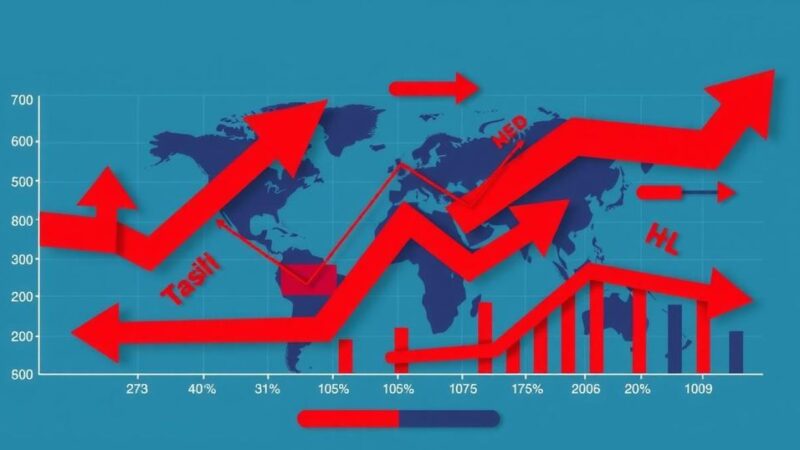The IOM’s Displacement Tracking Matrix report reveals a minor decrease in internally displaced persons (IDPs) in North-East Nigeria with 2,252,348 IDPs identified. The report records an increase in returnees, totaling 2,129,325. However, certain localities remain inaccessible to aid, indicating that actual displacement figures may be higher than reported. Assessments spanned 2,254 locations, revealing trends and conditions affecting the region.
This report details the findings from the 49th Round of the Displacement Tracking Matrix (DTM) assessments conducted in North-East Nigeria. Spanning from October to November 2024, the report focuses on the conflict-impacted areas of Adamawa, Bauchi, Borno, Gombe, Taraba, and Yobe states. These regions have been significantly affected by ongoing conflict, necessitating ongoing monitoring of displacement.
In Round 49, a total of 2,252,348 internally displaced persons (IDPs) were identified across 465,935 households, reflecting a slight decrease of 0.1 percent or 3,247 individuals compared to the previous round in September 2024. This indicates a marginal decline in IDP numbers over the past year, amounting to a reduction of less than one percent.
Despite this decrease, certain local government areas (LGAs) such as Kukawa, Kala/Balge, and Guzamala in Borno State remain largely inaccessible to humanitarian assistance since the rise of hostilities in October 2018. Consequently, the reported figures may underrepresent the actual displacement, as conditions inhibit effective data collection.
Assessments during this round took place in 2,254 locations, incorporating data from 259 camps and camp-like settlements, as well as 1,995 sites where IDPs resided within host communities. This comprehensive approach aimed to portray the current displacement dynamics and trends in affected regions better.
Moreover, the assessment recorded a total of 2,129,325 returnees, an increase of 18,848 individuals or over one percent from Round 48. This suggests a gradual movement towards returning to original locations, especially in the Borno, Adamawa, and Yobe states, despite the slight decline in IDP figures over the last year.
The 49th Round of the Displacement Tracking Matrix assessment illustrates slight decreases in the number of internally displaced persons in North-East Nigeria while indicating an upward trend in the number of returnees. Challenges persist in certain areas, affecting data collection and humanitarian access, suggesting that actual displacement may be higher than reported. The findings underscore ongoing dynamics in displacement and return, with a need for continued monitoring and support in the region.
Original Source: reliefweb.int






